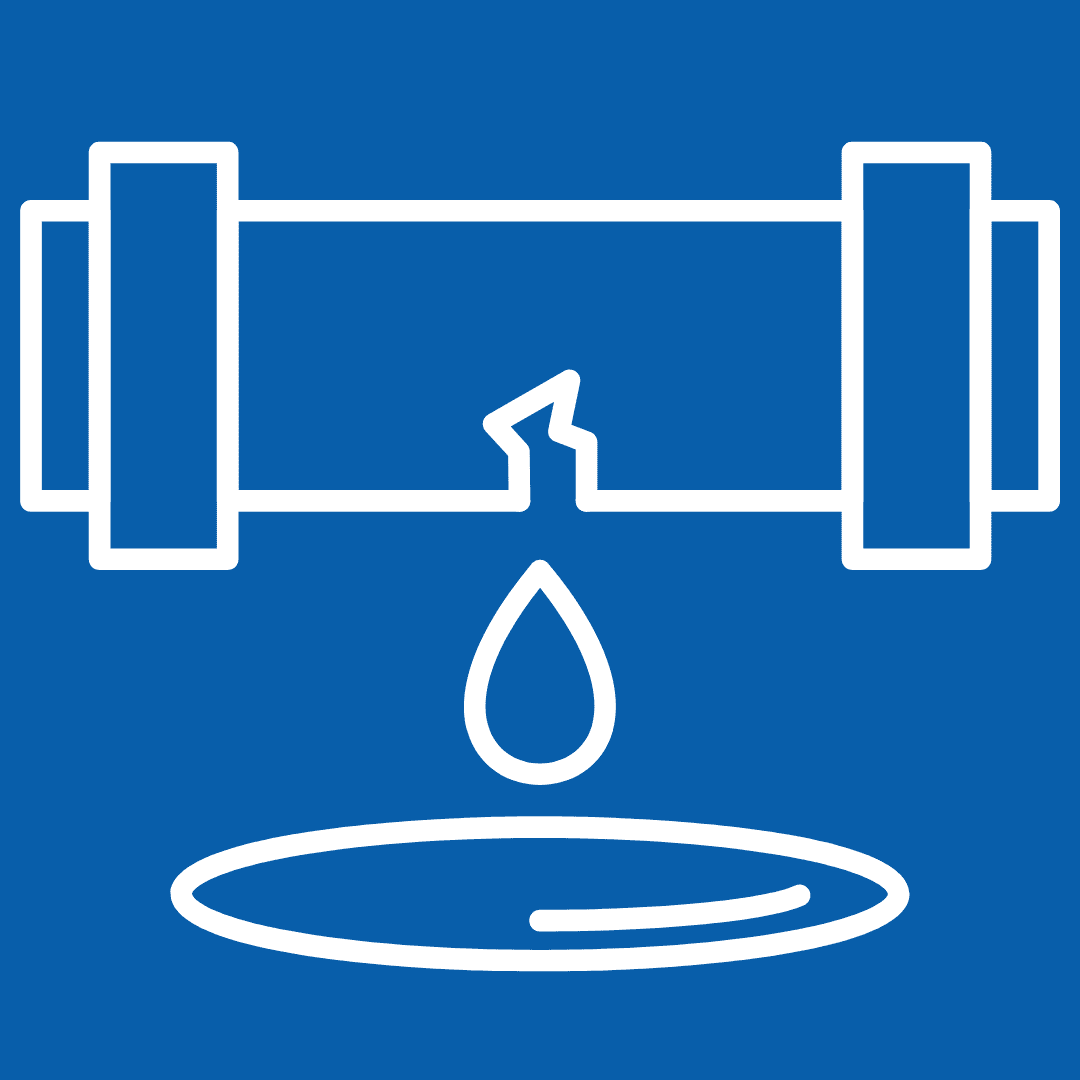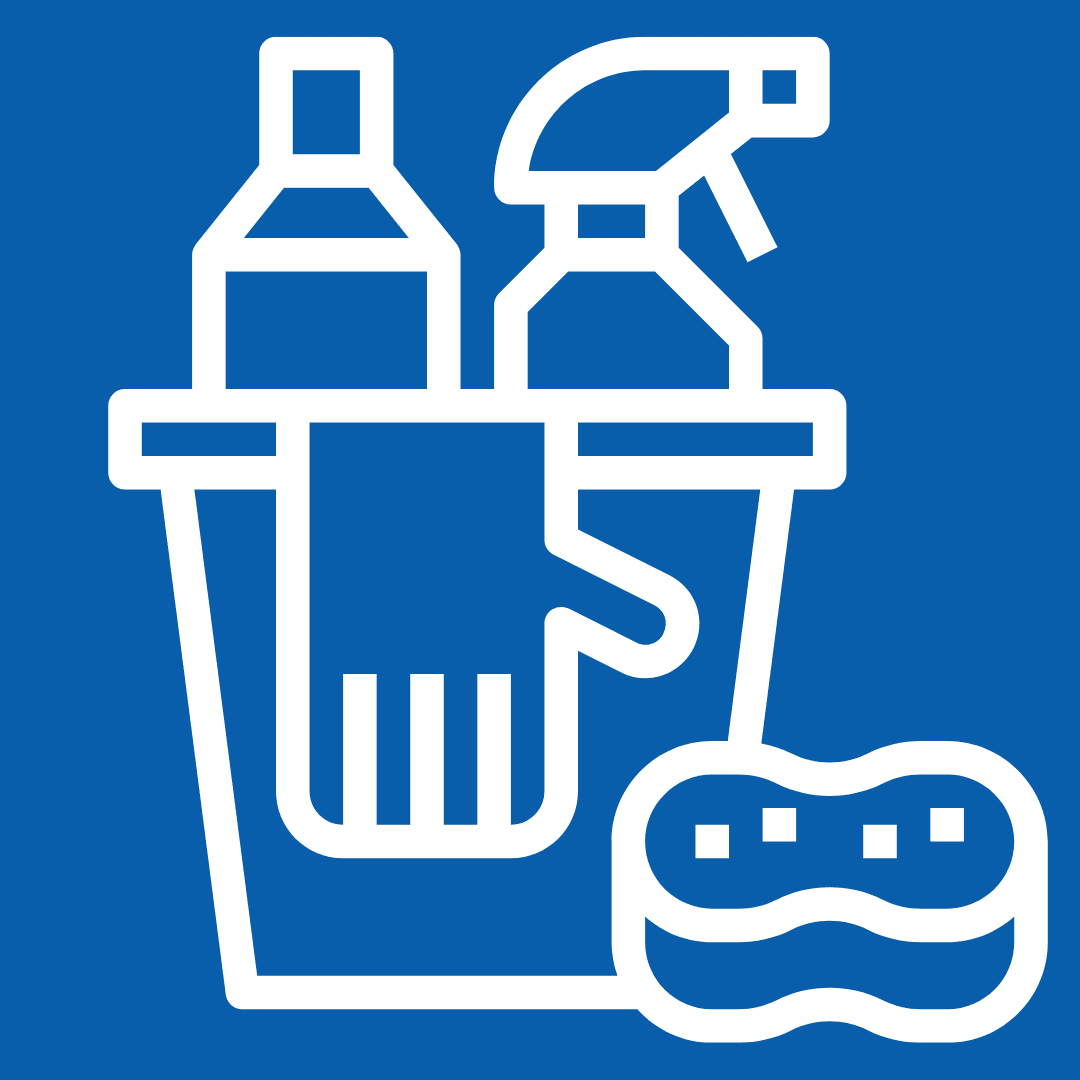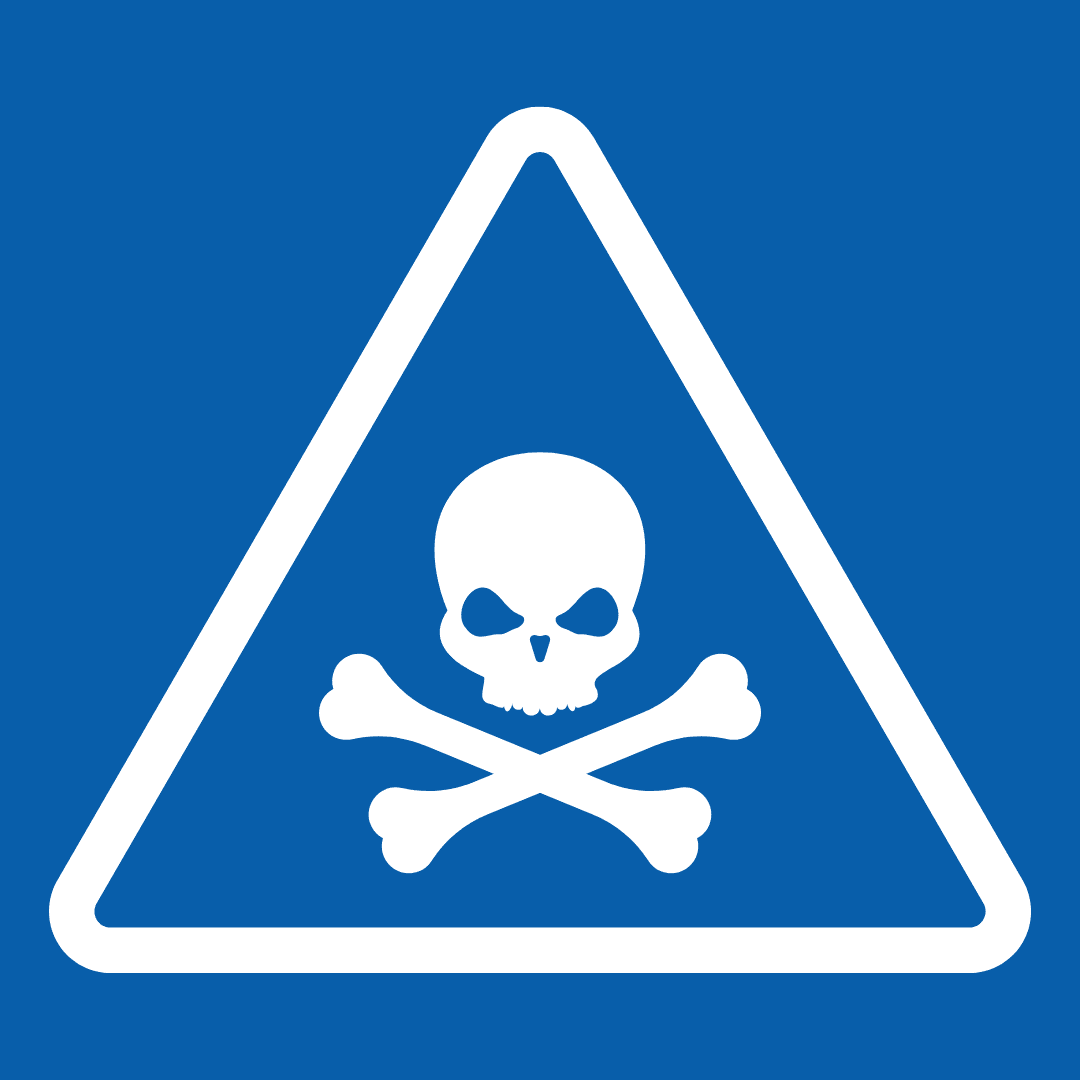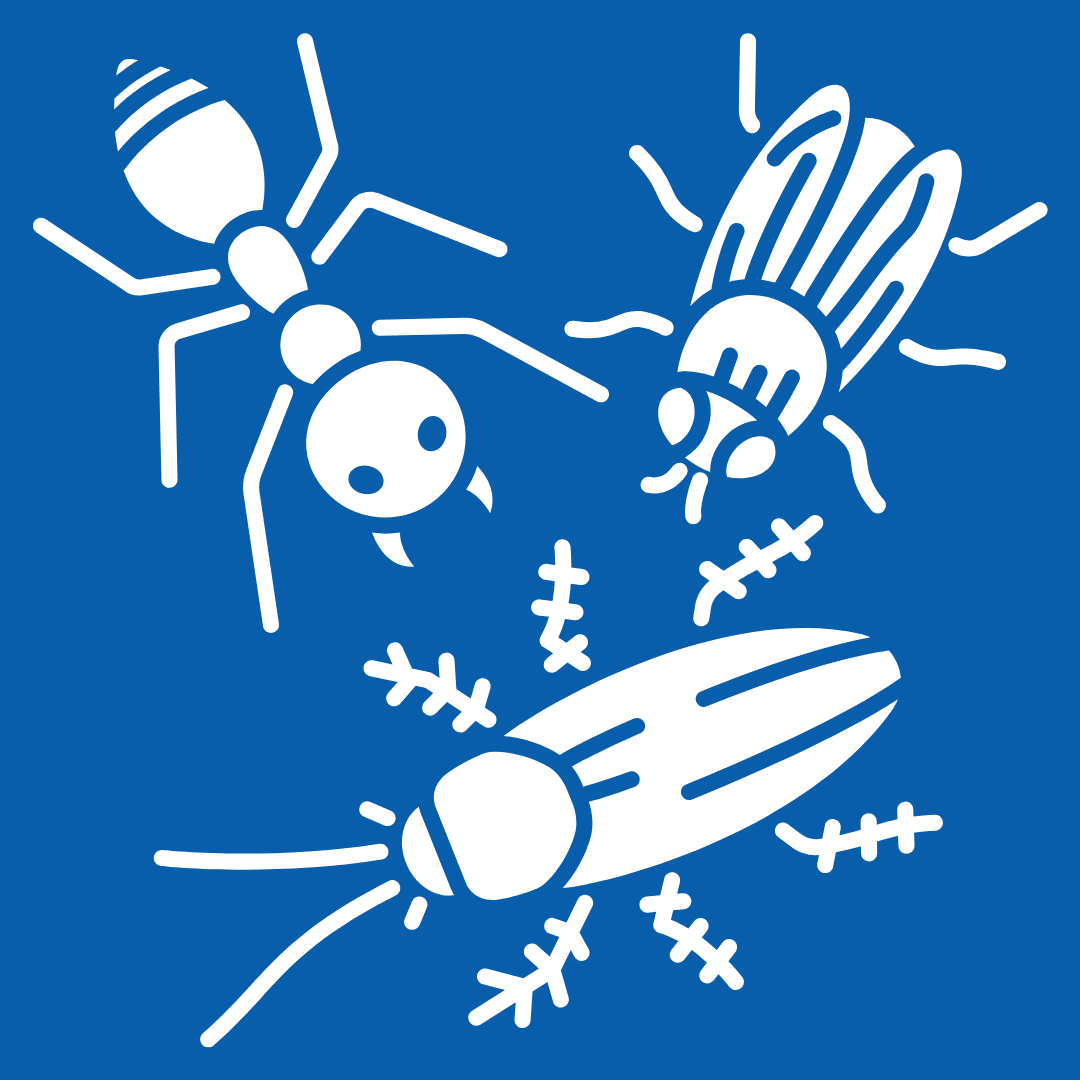PROTECTING FAMILIES FROM HOUSING-RELATED HEALTH AND SAFETY HAZARDS
HEALTHY HOMES
what it is
A safe, healthy home is essential for overall health and well-being. This program helps make homes safer, more affordable, and healthier by reducing risks such as toxic chemicals, asthma triggers, and other household hazards.
But a healthy home is more than just free from pollutants and dangers—it’s also energy-efficient, built to withstand natural disasters, and connected to vital resources like schools, healthcare, nutritious food, and parks.
Let's Talk
Want to know more about the program? Drop your information and we’ll be in touch!
A HEALTHY HOME STARTS HERE
Keeping your family healthy begins at home. A home is more than four walls—it’s where loved ones gather, memories are made, and futures take shape. But hidden health hazards in the home can affect anyone, and infants and children are especially vulnerable. Building a healthier home starts with following HUD’s 8 Healthy Homes Principles.
KEEP IT DRY

Repair roof leaks, fix plumbing issues, and ensure proper drainage around your home. Dampness creates the perfect environment for mold, pests, and dust mites —all of which can trigger health problems.
KEEP IT CLEAN

Control dust and contaminants by decluttering, using smooth, easy-to-clean surfaces, and cleaning with wet methods. A clean home reduces exposure to pollutants and helps keep pests from moving in.
KEEP IT THERMALLY-CONTROLLED

Homes that stay too hot or too cold put residents’ health at risk. Proper insulation, heating, and cooling systems help keep indoor temperatures safe year-round.
KEEP IT CONTANIMENT-FREE

Protect your family from harmful exposures like lead, radon, smoke, and chemicals. Repair peeling lead paint, test for radon, and use safe products to keep indoor air clean.
KEEP IT MAINTAINED

Well-maintained homes are safer and healthier. Inspect, clean, and repair your home regularly—small fixes today prevent big, costly, and dangerous problems tomorrow.
KEEP IT PEST-FREE

Block pests by sealing cracks, closing entry points, and storing food in pest-proof containers. If needed, use traps, enclosed baits, or least-toxic products.
KEEP IT WELL-VENTILATED

Ventilate kitchens and bathrooms, and use whole-house ventilation to bring in fresh air. Better airflow lowers contaminant levels indoors and improves breathing.
KEEP IT SAFE

Most childhood injuries happen at home, often from falls, burns, or unsafe objects. Reduce risks by childproofing, securing rugs, and installing smoke and carbon monoxide detectors.
WANT MORE?
Click HERE for more information on our Housing Department and available programs.

